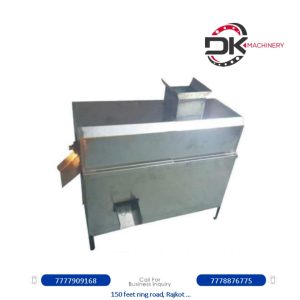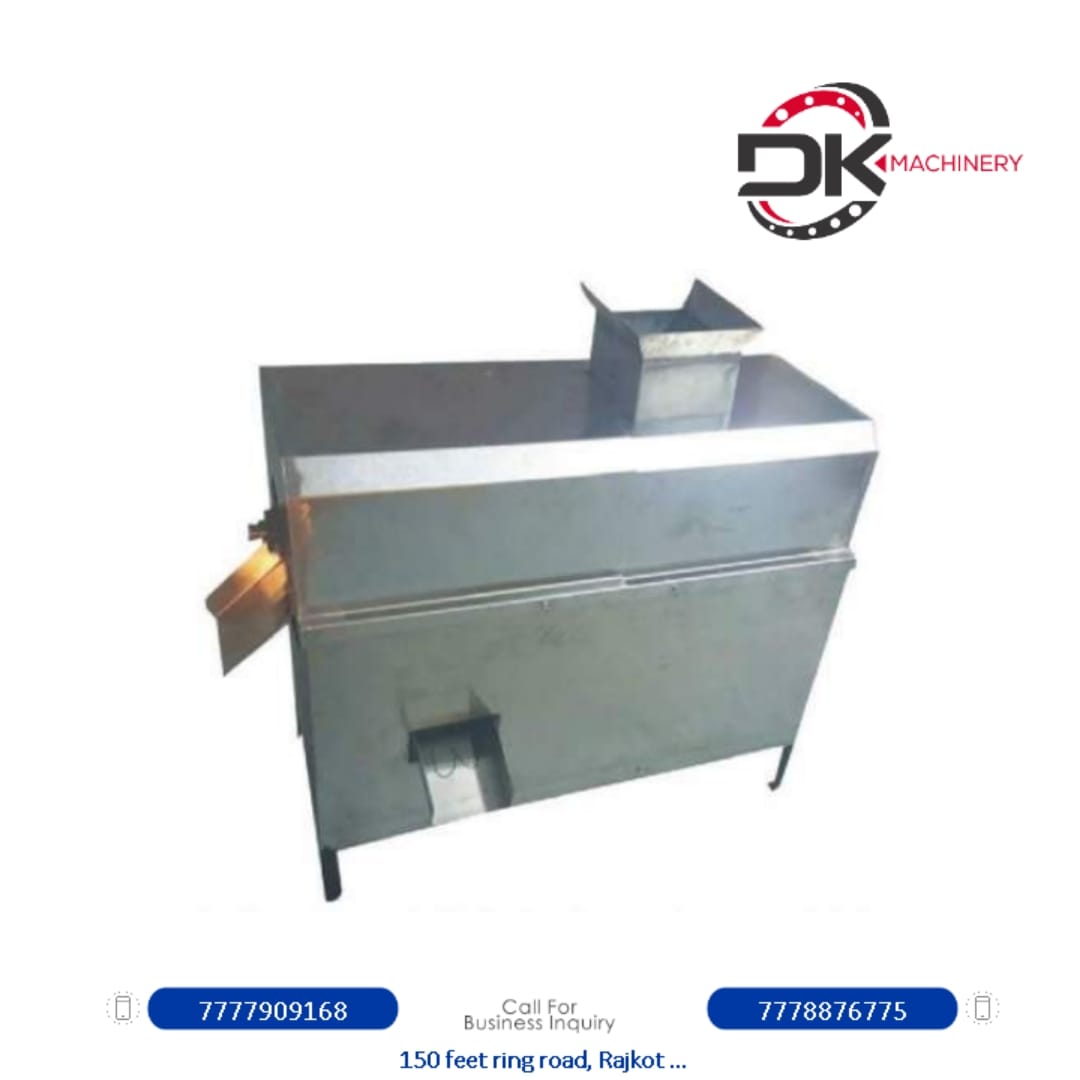Mango Pulp Machine (Small) MPM-101 50 to 100 KG (P/Hr.)
Mango Pulp Machine (Small) MPM-101 50 to 100 KG (P/Hr.)
Introducing mango juice machinery – Investing in high-quality mango juice machinery can significantly increase the efficiency and productivity of mango juice production. Additionally, it helps maintain product consistency and quality, which is crucial for satisfying customer preferences and meeting regulatory standards.
₹38,000.00 Original price was: ₹38,000.00.₹35,000.00Current price is: ₹35,000.00.
Additional information
| Model No. | MPM-101 |
|---|---|
| Motor | 1 H.P. (Single Phase) |
| Warranty | 1 Year |
| Ampere | 3.5 amp |
| Body Material | Stainless Steel |
| Contact Parts | Stainless Steel 304 |
| Machine Size | Small |
| Color | Silver |
| Size | 35" x 34" x 20" (L*W*H) |
| Capacity | 50 to 100 KG |
| Weight | 52 KG |
| Usage/Application | Commerical |
| Place | Made in India |
Product Description
Introducing mango juice machinery – involves describing the equipment and processes used to extract juice from mangoes efficiently. Mango juice machinery is essential for large-scale juice production, whether for commercial purposes or small businesses.
- Fruit Washing and Sorting: The process begins with washing and sorting ripe mangoes. Machines are available for this purpose, which can efficiently clean and categorize the mangoes based on size and quality.
- Peeling and Destoning: Some mango juice machinery includes peeling and destoning machines, which remove the skin and pit from the mangoes. This step is crucial for obtaining pure mango pulp.
- Pulping: Pulping machines are used to extract the pulp from the peeled and destoned mangoes. These machines can be of various types, including batch or continuous machines. They crush and separate the pulp from the juice and fibers.
- Sieving and Filtering: The extracted mango pulp may contain some fibers and impurities. Sieving and filtering machines are employed to remove these unwanted elements, leaving behind a smooth and clear mango pulp.
- Pasteurization: To extend the shelf life of the mango juice and eliminate harmful microorganisms, pasteurization is carried out. Mango juice is heated to a specific temperature for a set period and then rapidly cooled. This process ensures the juice is safe for consumption and maintains its quality.
- Packaging: After pasteurization, the mango juice is ready for packaging. Various packaging options are available, including bottles, cans, pouches, or tetra packs. Automated filling and sealing machines are used to package the juice efficiently.
- Quality Control: Throughout the entire process, quality control measures should be in place to monitor the taste, color, and consistency of the mango juice. This helps ensure a consistent and high-quality product.
- Cleaning and Maintenance: Regular cleaning and maintenance of the machinery are essential to ensure its proper functioning and hygiene standards are met.
- Storage and Distribution: Once packaged, the mango juice is stored in a suitable environment to maintain its freshness and taste. Distribution channels are established to make the product available to consumers.
- Optional Additions: Some mango juice machinery may include options for adding preservatives, sweeteners, or other ingredients to enhance flavor or extend shelf life. These additions depend on the desired product.
Related products
-
Sale!

Mango Pulp Machine (Medium) MPM-102 200 to 250 KG (P/Hr.)
₹50,000.00Original price was: ₹50,000.00.₹47,000.00Current price is: ₹47,000.00. Add to cart -
Sale!

Mango Pulp Machine (Jumbo) MPM-103 400 to 500 KG (P/Hr.)
₹63,000.00Original price was: ₹63,000.00.₹60,000.00Current price is: ₹60,000.00. Add to cart
